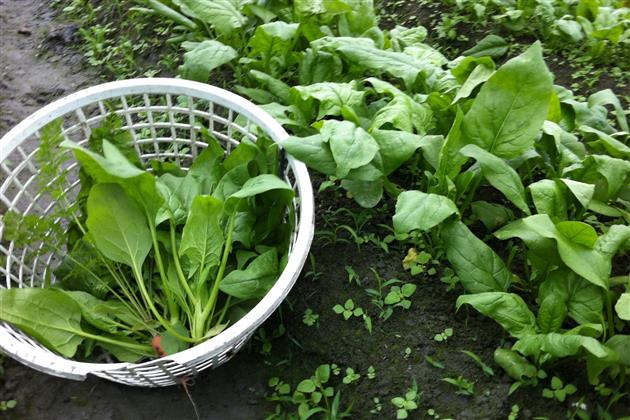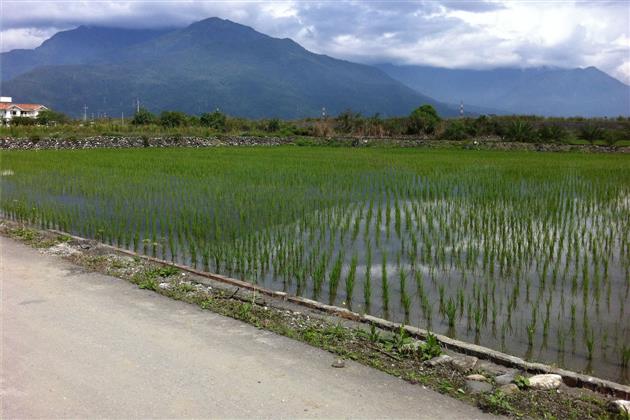
Affordable produce and the poor farmer
By Melissa Zhuo - Thursday, Jun 26, 2014
In the winter of 2013, farmers in Dublin gave out free vegetables at grocery chains in protest at supermarket price wars, which they claim would undermine their livelihood. While here in orderly Singapore, where such protests are virtually unheard of, we seldom ask what goes into that $1 pack of chye sim, $0.80 spring onions or even that $5 sack of house-brand Jasmine rice? Just how does our ignorance in perception of food prices affect the farmers who feed us?

The cheap vegetables has its humble beginnings during the Green Revolution. It was a series of initiatives, which increased worldwide food production in the decades after World War II. This involved the development of high yielding varieties of grain, extensive use of irrigation, and the use of synthetic fertilisers and industrial pesticides to farmers, which led to the ability to feed a booming world population. So when global production and supply increase, prices fall.
However, this has affected how we interpret price in the current day. The average Singaporean expects vegetables at the market to be very cheap, with the average auntie complaining that “tau gay ki geh” (bean sprouts price increase ), or even asking the greengrocer to throw in a few sprigs of spring onions for free.
At such low prices, farmers are forced to bulk up production to stretch their margins. But Chew Wei Ming, a third-generation farmer, purveyor and greengrocer who runs Daddy Veggie, sums up what happens next. He feels that the quality of vegetables sold in Singapore has fallen over the last ten to twenty years, citing Singapore’s increasing dependence on imported produce due to our land scarcity.
“Many non-organic farmers from Malaysia over-cultivate their land so that they can keep harvesting large volumes of vegetables to sell cheaply throughout the year. But when they do that, the soil loses a large amount of their nutrients and farmers resort to using more (non-organic) fertilisers and pesticides just to sustain that level of harvest.”
Another reason why the price of produce is so low is also partially due to government subsidies which enables farmers to sell the fruits of their labour at the prices we know today. Subsidies help lower the cost of fertilisers, seeds, and machinery for many small farmers. However, a swift change in agricultural policy may cause an increase in the cost of production that farmers cannot cope with.

But not all is lost. In the competitive world of vegetable business today, many independent farmers from countries like Taiwan, England, and Australia have gotten together and formed free trade organic collectives, which sell produce at prices fair to farmers and the environment.
However, ethics seem a pricier commodity in a market of commercial uniformity. “While people would not hesitate to fork out NT$100 (S$4) for a cup of bubble tea, these same individuals will be very unwilling to pay a little more to purchase healthier, organic, free trade vegetables”, quips Nico Koh from All Green Organic Farm in Hualien, Taiwan. She also added that, “there is an imbalance of perception today and there needs to be a paradigm shift in how we view our food, health and the environment.”
Have we taken our food security for granted? We treat produce like some kind of easily renewable and cheap resource. The fact is, it isn’t. That pack of rice or that bag of onions you see today carries far more baggage than the mere value on its price tag.



